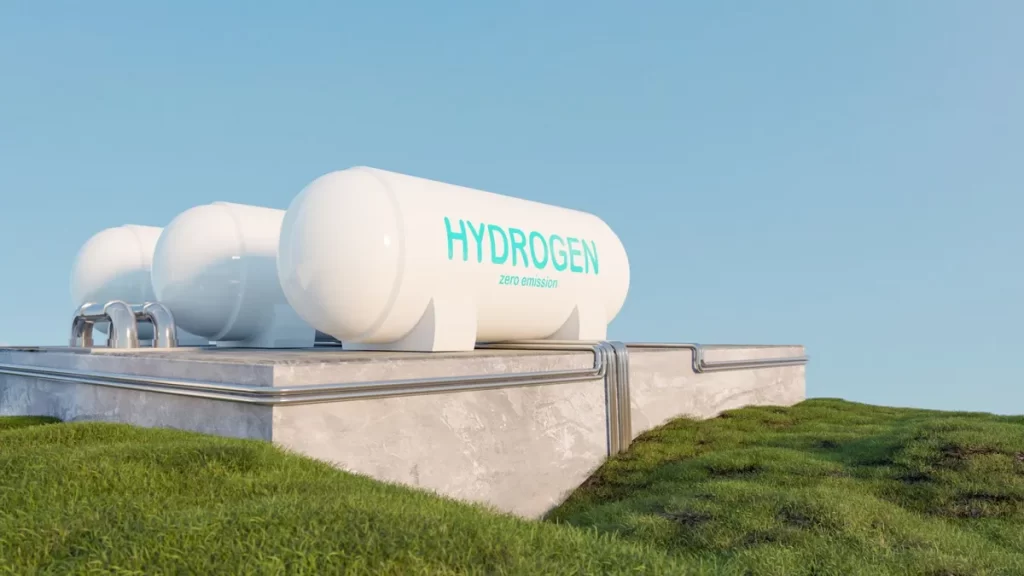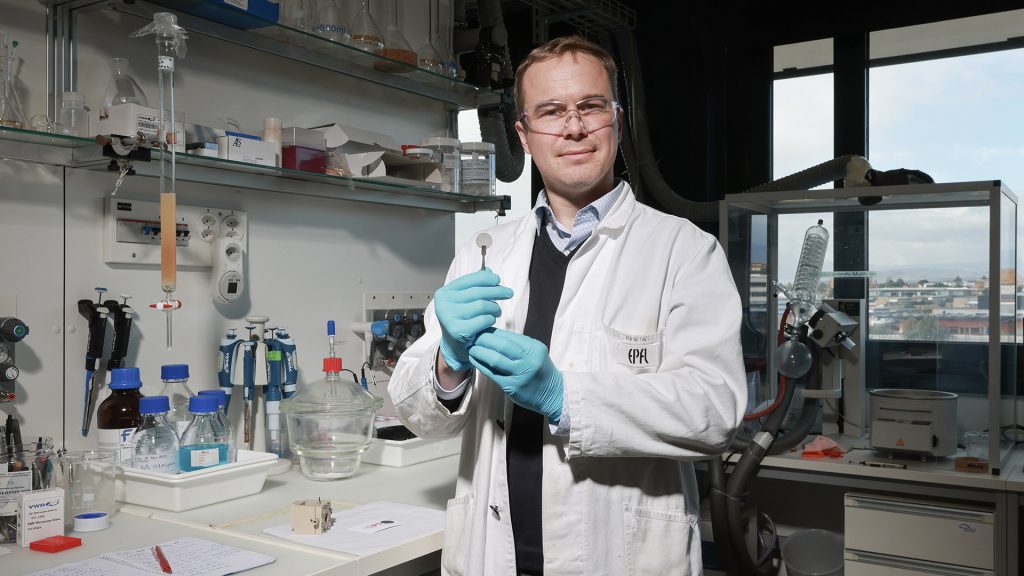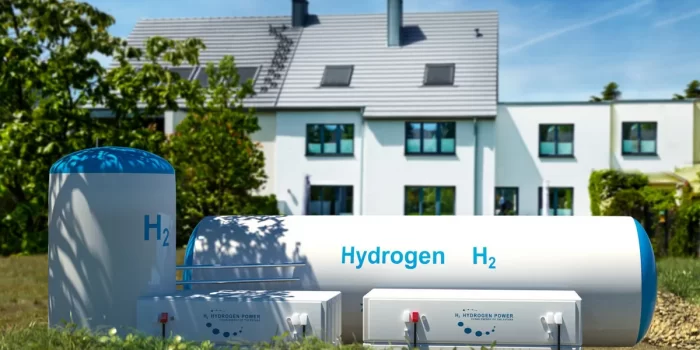According to a new study, a small circular device inspired by a leaf may absorb water from the air to provide a clean energy source. The “transparent porous conductive substrate” (TPCS) is a tiny circle of compressed glass fiber coated with a light-absorbing thin coating. When exposed to sunlight, the device absorbs water from the air and creates hydrogen gas, which might be utilized as fuel. The hydrogen gas could be extracted and stored in large facilities and used when needed, such as for powering cars or heating homes, researchers say.

Chemical engineers from Switzerland’s Ecole Polytechnique Fédérale de Lausanne (EPFL) undertook the research. “To realize a sustainable society, we need ways to store renewable energy as chemicals that can be used as fuels and feedstocks in industry,” said EPFL study author Professor Kevin Sivula. Solar energy is the most abundant type of renewable energy, and we are working to create cost-effective methods of producing solar fuels.
The team was inspired by the process through which plants employ sunlight, water, and carbon dioxide to make oxygen and energy in the form of sugar. Scientists have already demonstrated “artificial photosynthesis” by producing hydrogen fuel from sunlight and liquid water using a device known as a photoelectrochemical (PEC) cell. Professor Sivula, on the other hand, intended to demonstrate that the PEC technology can be extended to capture water vapor from the air rather than liquid water, which could lead to further applications, such as in humid settings.

According to the researchers, the device works in humid situations with a high concentration of water vapor in the surrounding air. This could make it perfect for use in high-humidity countries like India, Malaysia, the Philippines, and Indonesia. Large facilities housing the system could potentially operate in remote areas of these countries, providing hydrogen fuel to cars.


